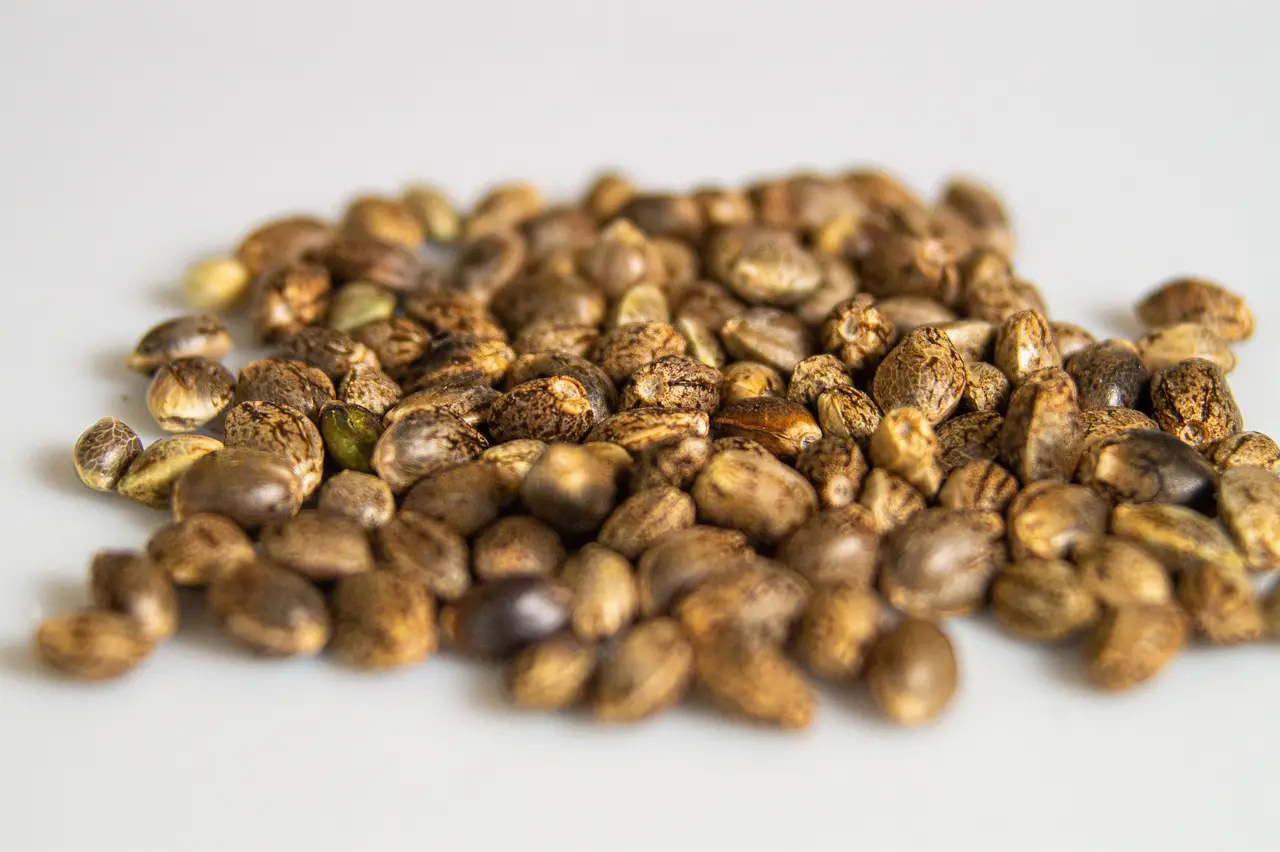This posting is part of Coupang Partners activity, and I receive a certain amount of commission accordingly.
Green tea is one of the most well-known teas in the world and has a long history. Originating in China, it has been used for thousands of years across various parts of Asia, both as a beverage and for medicinal purposes.
This tea is made from the leaves of the tea plant, and depending on the processing method, it can be classified into different types. In particular, drinking green tea in its unfermented form is considered the most effective way to preserve the antioxidants contained in the leaves. On the other hand, as fermentation increases, the antioxidant content tends to decrease while caffeine levels are known to rise. Today, let’s take a closer look at the many health benefits of green tea.

Nutritional Information
Green tea is rich in beneficial compounds for health. Among them, flavonoids and catechins have powerful antioxidant effects, protecting cells from free radicals, preventing mutations, and reducing damage caused by aging. It is also known to have a positive impact on preventing various diseases. Additionally, green tea contains small amounts of essential minerals that contribute to maintaining overall health.
Green Tea Benefits
Green tea offers a variety of health benefits, making it a popular choice among many people. Thanks to its rich antioxidant content, it helps regulate cholesterol and blood pressure, and is also known to have a positive effect on preventing various diseases. For more detailed benefits, please see below.
Helps with Diabetes Management
Diabetes is one of the most common adult diseases and requires continuous management. It occurs when blood sugar levels rise due to increased insulin resistance or reduced insulin function. Green tea is known to promote insulin secretion and help lower blood sugar levels. According to data from the University of Maryland Medical Center, regular consumption of green tea can have a positive impact on diabetes management. In the case of diabetes, where consistent management is crucial, green tea can play a beneficial supporting role.
Helps Control Cholesterol Levels
Green tea is known to reduce harmful LDL cholesterol levels and, conversely, increase beneficial HDL cholesterol. LDL cholesterol moves through the bloodstream and accumulates in the artery walls, obstructing blood flow and ultimately increasing the risk of cardiovascular diseases. However, regular consumption of green tea can help lower these levels and prevent the oxidation and breakdown of LDL cholesterol. Therefore, making green tea a regular part of your routine may be beneficial in reducing the risk of cardiovascular diseases such as stroke or heart attacks.
Helps Control Blood Pressure
According to a March 2016 report from the Health Insurance Review and Assessment Service, approximately 7.21 million people in South Korea suffer from high blood pressure. This means that 1 in 4 adults over the age of 30 have hypertension, highlighting how common this condition is. Known as the “silent killer,” high blood pressure often shows no symptoms but can suddenly cause serious issues, making it even more dangerous. Research from the Harvard University School of Public Health shows that regular consumption of green tea can help lower blood pressure. The blood pressure-lowering effects were confirmed in individuals who regularly consumed green tea over a long period, which can be greatly beneficial for maintaining cardiovascular health.
May Help Prevent Cancer
Cancer remains a frightening disease for many people, and finding a complete cure continues to be challenging. As a result, antioxidant compounds have recently gained attention for their potential role in cancer prevention. Antioxidants help inhibit cell mutations caused by reactive oxygen species, and since cancer cells are a type of mutated cell, antioxidants may play a crucial role. Additionally, research has shown that the polyphenols found in green tea may have a positive impact on cancer prevention. While green tea cannot serve as a cure for cancer, regular consumption can help boost the body’s defenses.
May Help Prevent Age-Related Brain Diseases like Alzheimer’s
Green tea is known to be effective in preventing age-related brain diseases such as Alzheimer’s and dementia. These conditions are among the most concerning health issues for many elderly individuals and can place a significant burden on the person affected, as well as their family and loved ones. The antioxidants abundantly found in green tea play a crucial role in protecting brain cells from damage caused by aging. In particular, the polyphenol compounds are believed to be key in this protective effect. Regular consumption of green tea may help maintain brain health.
Helps Protect Liver Health
The liver plays a crucial role in our body, but because symptoms are often not immediately noticeable when something goes wrong, it is often referred to as the “silent organ.” Many people only realize they have liver disease after it has progressed significantly. There is even a saying, “If the body is worth 1,000 coins, the liver is worth 900,” highlighting the liver’s immense importance. The liver is the key organ responsible for detoxification and excretion, removing toxins from the food we consume after it passes through the digestive process and expelling them from the body. Therefore, maintaining a healthy liver is essential. Research suggests that the rich catechin compounds in green tea can help alleviate liver inflammation and positively support liver function.
Helps Prevent Cavities and Supports Oral Health
Dental health has long been considered one of the important aspects of overall well-being, significantly influencing food intake and nutrient absorption. The catechins found in green tea help inhibit the growth of bacteria that cause cavities and prevent the formation of plaque on teeth. Additionally, they are known to reduce harmful oral bacteria, which can positively impact the elimination of bad breath. Regular consumption of green tea can aid in maintaining good oral health.
Can Help with Weight Loss
The catechins found in green tea are known to promote fat burning and increase metabolic rate. Additionally, the caffeine content also helps with these effects. However, the effectiveness may vary from person to person, so individual differences should be considered.
Helps Protect Skin Health
Green tea has protective effects on the skin. The antioxidants and anti-inflammatory properties it contains are known to support skin health. Green tea helps reduce skin damage caused by aging and UV rays, while also protecting the skin from various infections. This can help maintain healthier skin.
Additionally, green tea offers various other benefits, such as helping to prevent colds and the flu. However, since green tea is not a medication but a type of tea, it can be enjoyed daily to naturally enhance overall health.
How to Choose and Store Green Tea
There are several ways to drink green tea, including using loose tea leaves, powder, or tea bags.
Choosing Tea Leaves
When selecting tea leaves, it’s important to check the color and aroma directly. The leaves should have a deep green color and a firm texture. Additionally, always check the expiration date, as oxidation may occur during the distribution process. It’s advisable to choose organically grown tea, and if possible, buy smaller quantities to avoid long-term storage. When storing, keep the tea in a dry, dark place, or store it in an airtight container in the refrigerator.
Powder and Tea Bag Products
There are also many green tea products available in powder and tea bag forms. It’s important to choose trusted products and carefully check the ingredient list. For powdered tea, opt for a pure product without additives, and always check the expiration date.
How to Brew Green Tea
Tea Bag Quantity
To make one cup of green tea, use one tea bag. For larger quantities, you can add two or more tea bags according to your preference.
Use Clean Water
It’s best to use fresh, soft water to brew green tea if possible.
Control the Temperature
Heat the water in the kettle until it starts to boil. The bubbles that form as the water boils are created as carbon escapes, which lowers the water’s acidity and makes the color clearer.
Do not heat the water in the microwave, as it can damage the flavor and create unpleasant bubbles on the surface. After boiling, let the water naturally cool to a temperature of 60–85°C.
How to Brew
Place the tea bag at the bottom of the cup or teapot and pour the boiled water over it. As the water pours over the tea bag, the flavor and aroma will infuse more quickly.
How Long to Brew
Steep the tea for 1–2 minutes for a balanced flavor. If you prefer a stronger taste and aroma, you can steep it for an additional 2–3 minutes. For the strongest flavor, steep for up to 3 minutes.
Side Effects and Precautions
Green tea has been enjoyed as a beverage for a long time, and its safety is widely recognized. However, individual circumstances may vary.
Green tea contains caffeine, which can cause insomnia, anxiety, or stomach discomfort in some people.
If you are taking blood thinners, it is best to avoid green tea. The vitamin K in green tea can promote blood clotting. Additionally, if you are taking certain medications or are in special circumstances such as pregnancy, it is advisable to consult a doctor. Special caution is also needed with supplements made from green tea extracts.



Leave a Comment